
Yellowstone National Park
Yellowstone National Park is a wonderland of natural color! If you’ve never been there, I invite you to see what you’re missing!
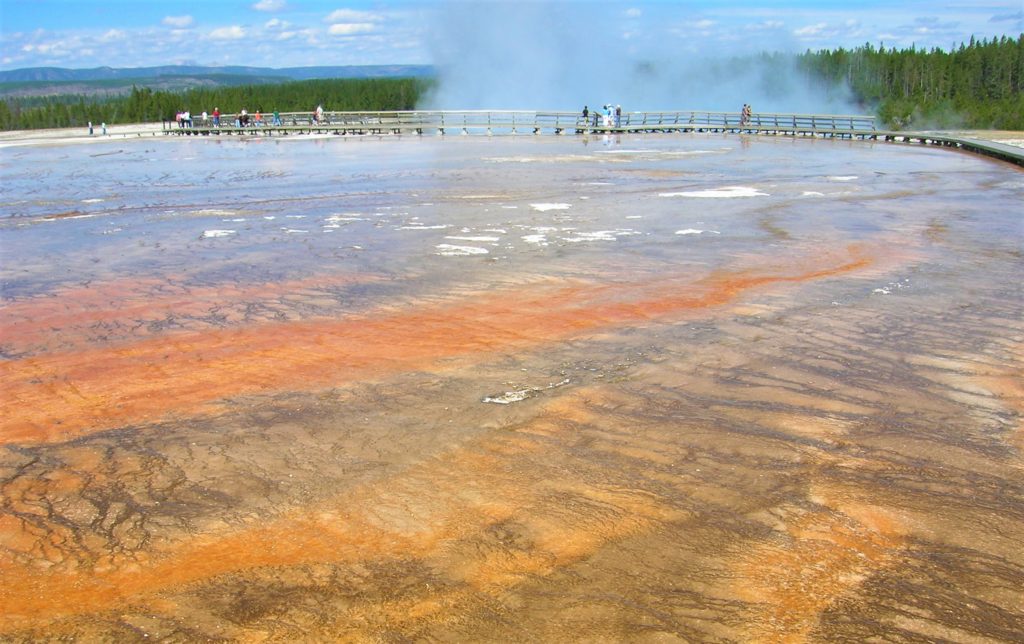
Yellowstone is located mostly in Wyoming, with tiny slivers overlapping Montana and Idaho. It is a large area of beautiful lakes, rivers, canyons, waterfalls, and mountains. Underneath all of this beauty sits a dormant supervolcano called the Yellowstone Caldera.
At some point in history, the volcano collapsed and formed the caldera (a large basin-like depression). The caldera then filled up with water, and Yellowstone Lake was formed!

Although the volcano is dormant, there is a massive hotspot under the whole region. This is why there are so many hydrothermal features in Yellowstone. In fact, it is home to half the hydrothermal features on earth!
The word hydrothermal simply means pertaining to hot water or gas on or near the earths surface. There are several different types of these features in Yellowstone.
Hot springs: Pools of heated water originating beneath the earth’s surface.

The hot spring above is relatively small compared to Grand Prismatic Spring, below.

Geysers: Hot springs with constricted openings under the surface. When the pressure becomes too great, they erupt, spewing hot water and gas into the air. Old Faithful, pictured below, is the most famous geyser in Yellowstone.

Mudpots: Acidic hot springs that don’t have as much water in their systems. The acid can dissolve the surrounding rock.
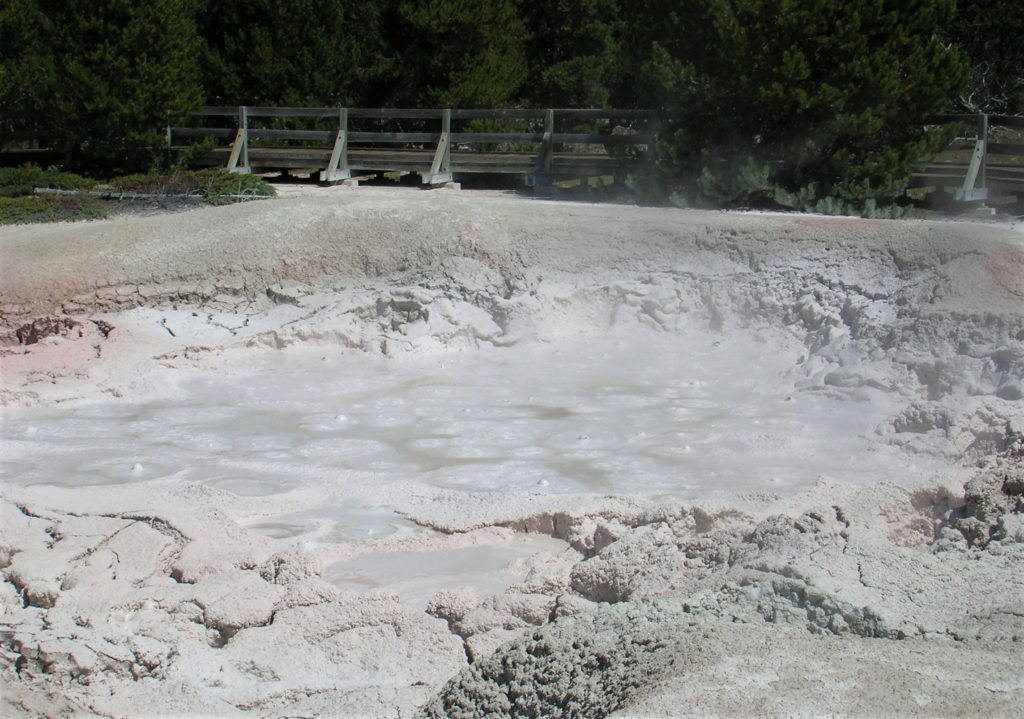
Travertine terraces: Hot springs that rise up through a limestone base, dissolving it. The dissolved mineral is called calcium carbonate, and when it hits the surface, it is deposited, forming the travertine terraces.

Fumaroles: Also known as steam vents, these features are super hot, but have only enough water to produce steam.
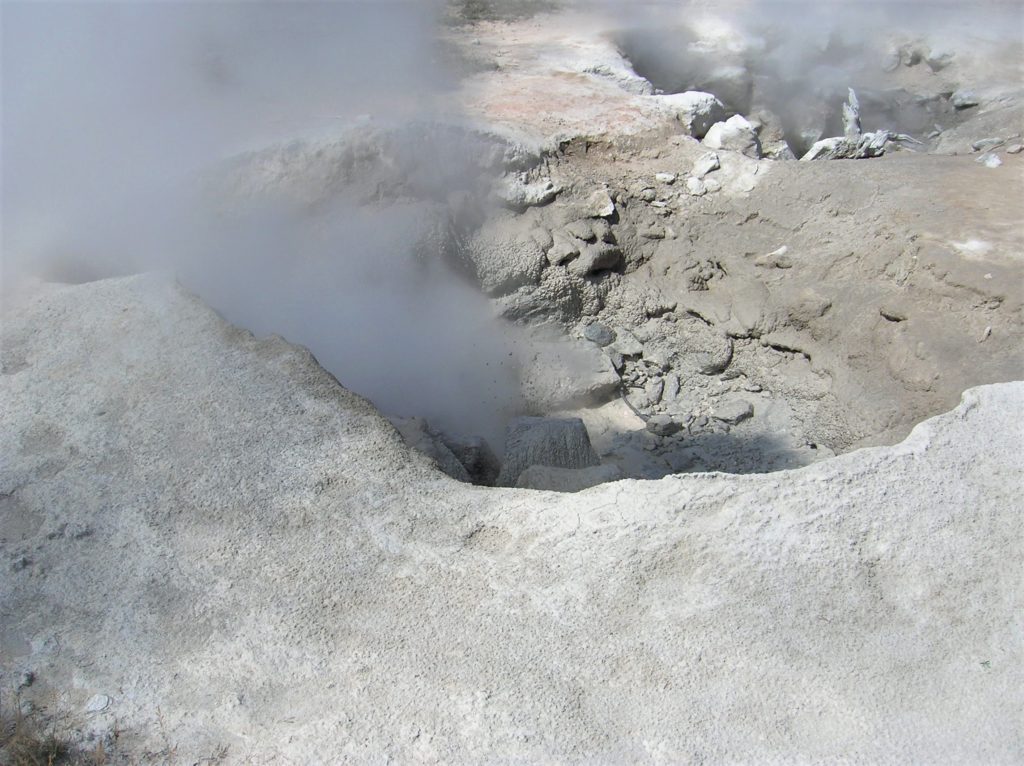
Many people come to Yellowstone because of the hydrothermal features, but there is so much more to see! Do you like waterfalls? There are 290 of them in the park that are higher than 15 feet. Animals? There are 60 different species of mammals in the park. Hiking, boating, swimming, camping, fishing, snowmobiling? Yep, you can do all of that in Yellowstone too!
I grew up vacationing in Yellowstone. When I was a kid, the roads would be clogged with stopped cars because of the bears on the road. They used to come right up to the cars and beg for food. In 1970, the park began a campaign to stop visitors from feeding the bears. Now the bears mostly stick to the back country, and are not seen along the main highways.
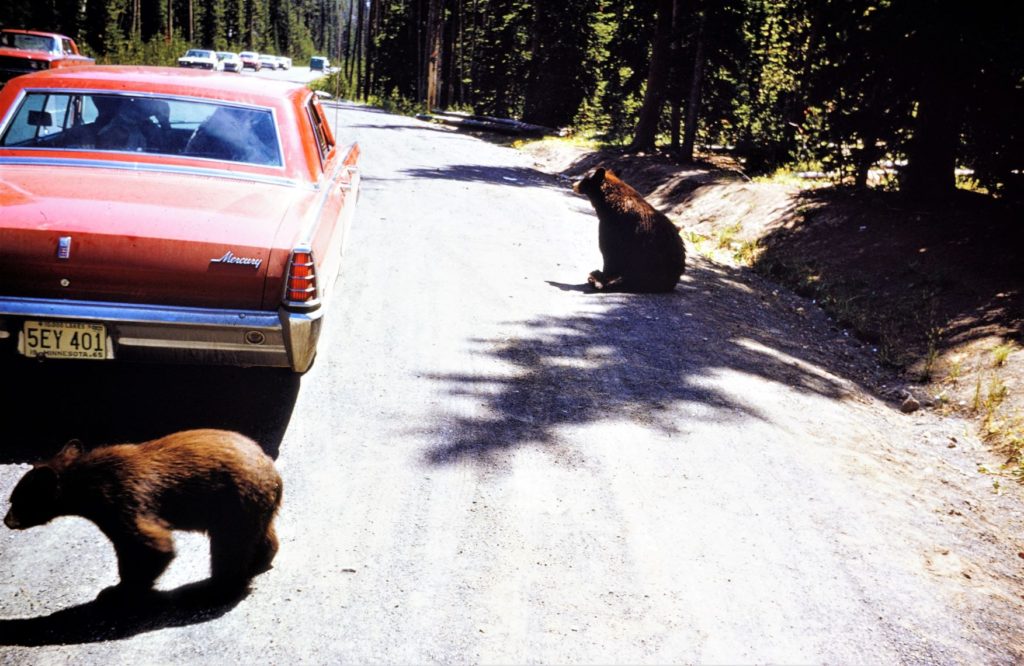
There are still traffic jams in Yellowstone, but it’s not bears causing them anymore, but bison. Yellowstone has the largest herd of American Bison in the USA, and they are often found grazing near in the road.

If you can manage to get past the bison on the road, there are many scenic overlooks to catch your attention. DO NOT JUST DRIVE BY! Get out of the car and walk the few steps (or sometimes lots of steps) to the railing. It’s the only way to experience the waterfalls!
Here I am in 1969 standing in front of the Lower Falls of the Yellowstone River. I’m the one with the pigtails.
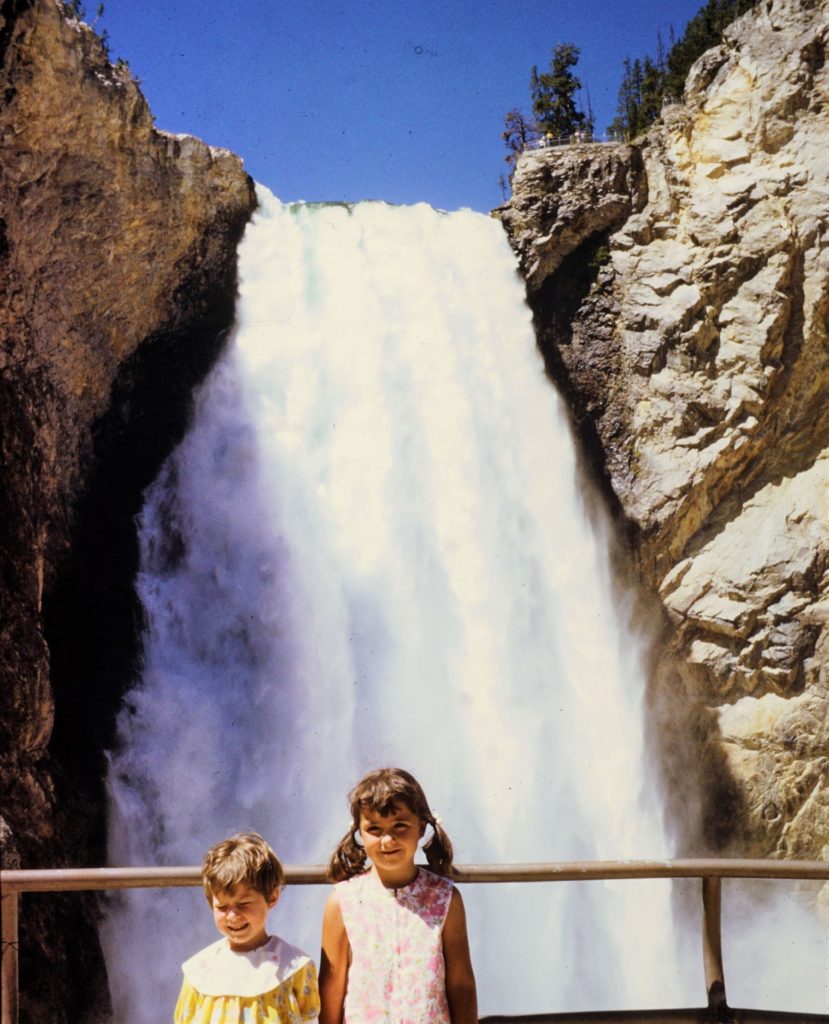
I assume we walked Uncle Tom’s Trail to get to this overlook when we visited in 1969, although I don’t remember climbing all of the 328 stairs. I do remember climbing them as an adult, however!

Uncle Tom’s trail has been around for a long time. Back in 1900, when Uncle Tom was taking visitors to see the falls, there were 528 steps plus rope ladders. This was when ladies wore long dresses with petticoats! Lucky for us, the trail has been improved over the years.

Other waterfalls don’t take as much exertion to reach. Especially the ones where you are looking down from above.
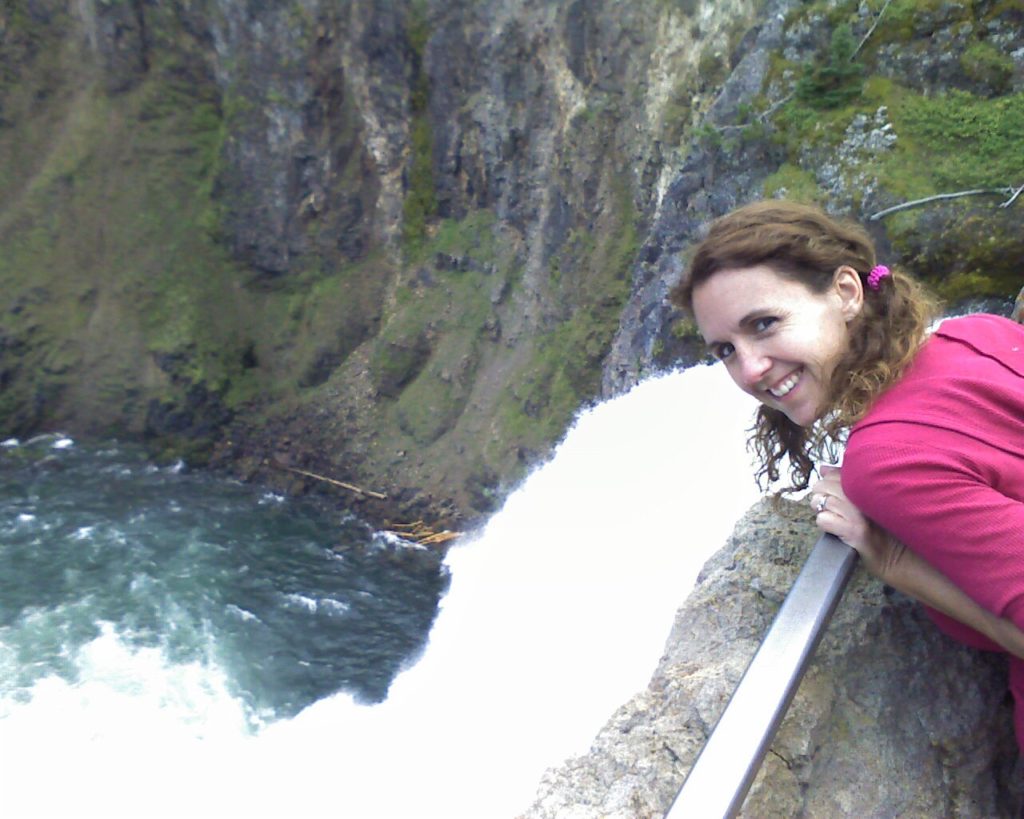
The main roads in Yellowstone are laid out in two loops, like a figure 8. No matter which of the five entrances you use to enter the park, you will end up on the loops. Don’t be tempted to drive around both loops daily! If you do, you will end up staying in the car and waving at the scenery as you drive by. (I’ve been on a couple of Yellowstone trips that ended up this way.)
Take advantage of the scenic overlooks and boardwalks, so you can see all of the amazing features of Yellowstone!

Some of the features might be smelly!

Some features might be muddy.
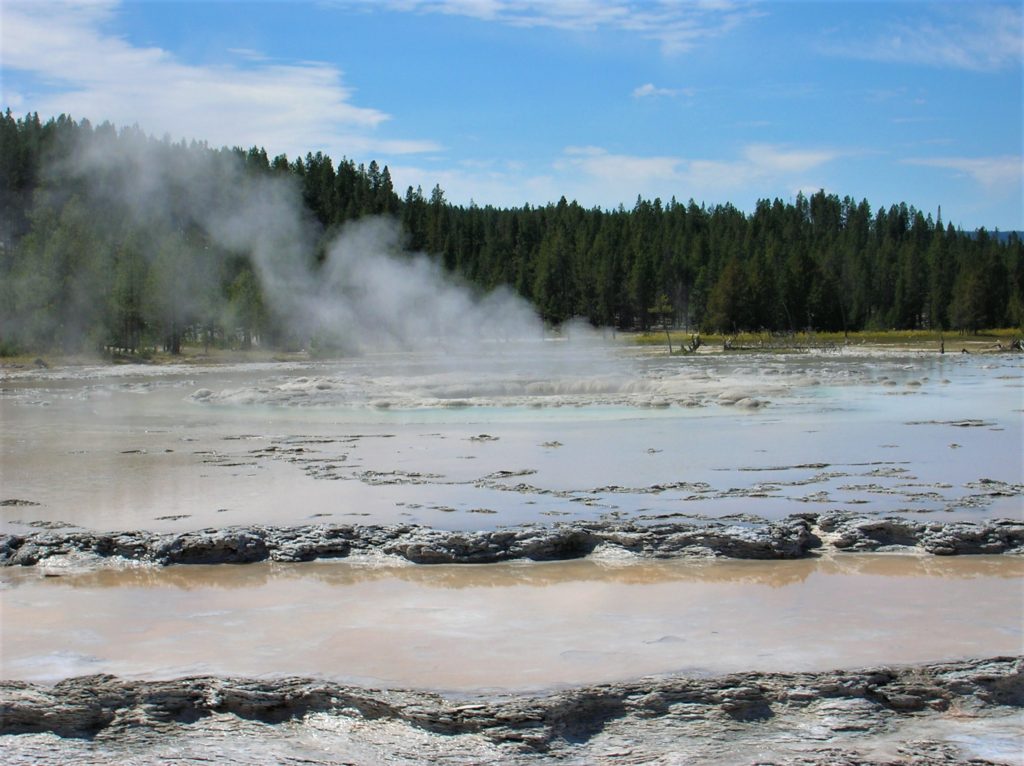
Some might seem desolate.

Some green and vibrant.

Some blue and sparkling.
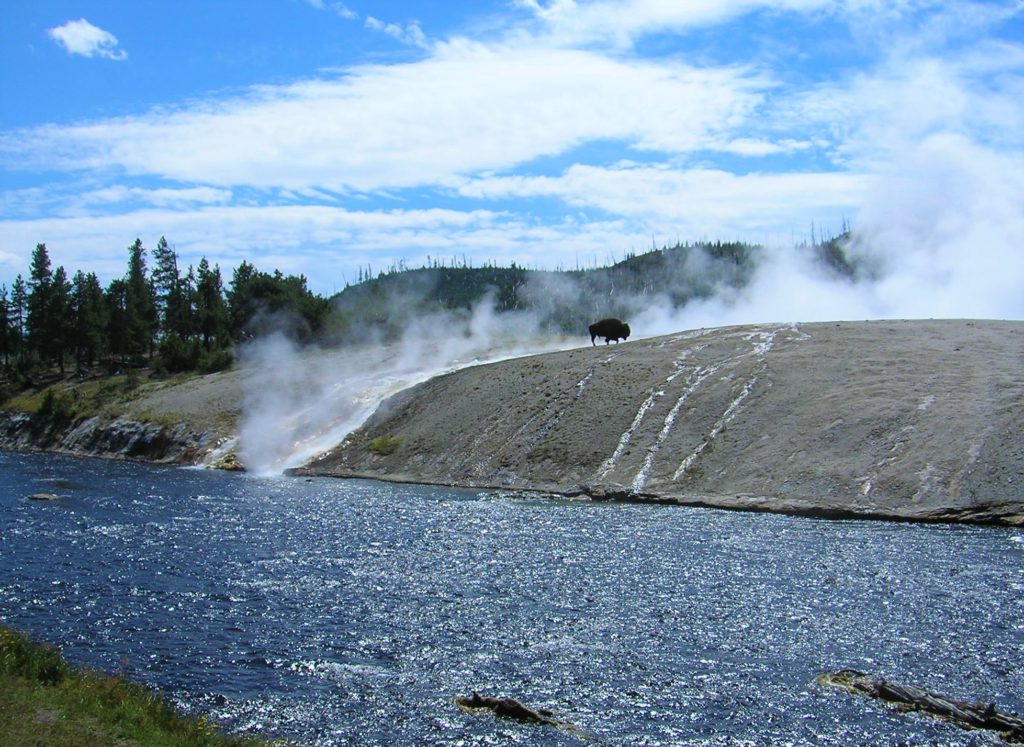
But they are all beautiful in their own way!
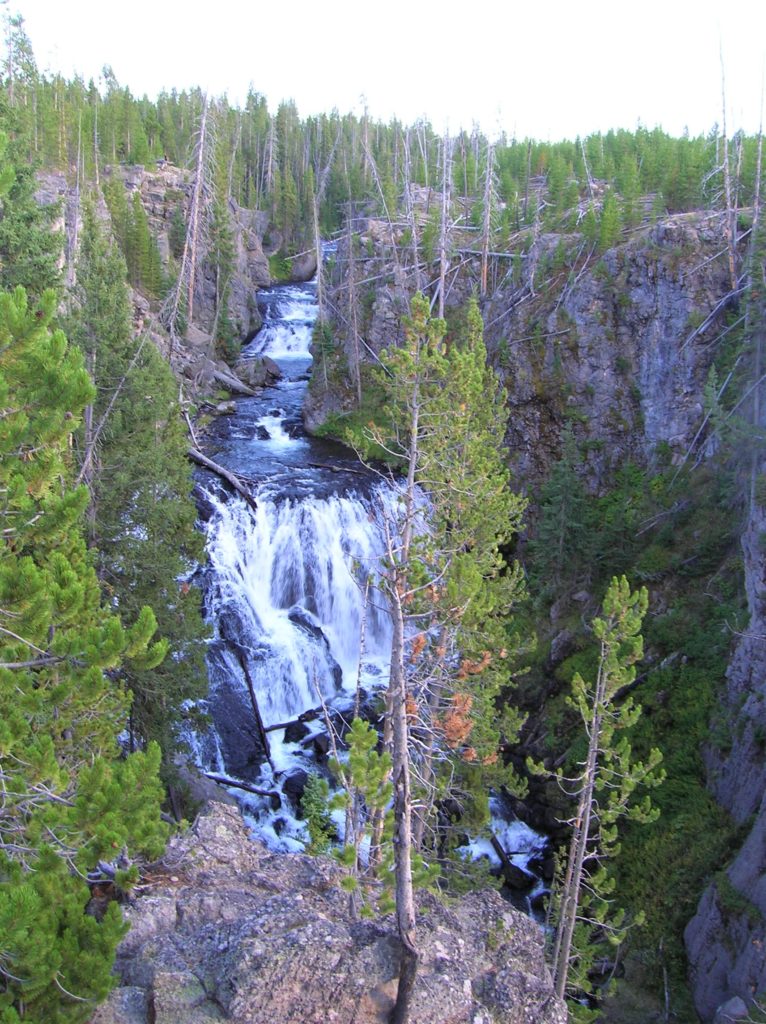
Entrance to Yellowstone National Park is $35 per carload for a seven day pass. Alternately, you can purchase a National Park annual pass for $80. This will get you into all National Parks for one year.
Keep in mind that children in 4th grade are eligible for a free National Park 4th grade Pass. It can be used just like a regular annual pass. Check out the Every Kid in a Park website for information on obtaining the pass.
Have you visited Yellowstone National Park? What did you like best?




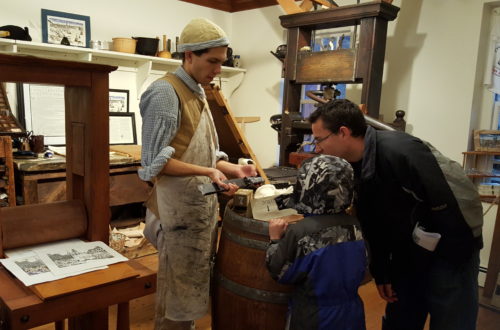


39 Comments
Cindy
Yellowstone is probably my favorite National Park (although Yosemite is a close second). We have been there a couple of times and your pictures brought me right back there. Thank you!
Lori
You’re welcome! I haven’t really explored Yosemite, but I would like to!
Susan
Yellowstone National Park is one of my husband’s favorite parks from his childhood adventures. I love how you incorporated some of your childhood photos! 🙂 There are so many places we’ve yet to explore, but this is one that we hope to see soon.
Lori
Thanks! I just love old photos. Hope you get to Yellowstone soon!
jen
You captured the essence of this unique park just perfectly!!!
Lori
Thanks!
Yuri
I never knew Yellowstone was so beautiful. Have to add this to the
Bucket list. Thanks for sharing.
Lori
You’re welcome! It really is gorgeous!
Candy K
Great post! This really makes us want to go to Yellowstone. It would be so cool to see the wildlife alone! Thanks!
Lori
You’re welcome! It is super fun. Something for everyone!
Cathy
This is a bucket list place for me, and your pictures make it that much more inviting. Thanks for the beautiful tour!
Lori
You’re welcome! You will love it when you go!
Stacey
We loved our trip to Yellowstone. I love that you have memories of visiting when you were a child and now you were able to make those memories with your children!
Lori
Thanks! And now with my grandkids too!
Shirley
Yellowstone National Park is way up high on my want-to-see travel wishlist. Thanks for the awesome photos!
Lori
You’re welcome! I hope you get to go soon!
Lisa Manderino
Yellowstone is an amazing place! You got some great shots!
Lori
Thanks, Lisa!
Missy
Yes, we have visited Yellowstone National Park. I enjoyed hiking the trails the best. Seeing the animals was a bonus!
Lori
I love the hiking! You gotta get out into nature!
Leeanne
I love Yellowstone. It’s so diverse it’s amazing. I love the old photo with the bears in the road. Just spectacular. The travertine terraces I think are my favorite feature of the park.
Lori
I know, I miss the bears! I guess they were too dangerous.
Jennifer
Wow, the yellow rock is amazing.
Lori
I love it too!
Lucy
This is a place on my fiance’s travel bucket list and you just convinced me also! lol awesome pics!
Lori
Perfect! I hope you have a great time when you get there!
Brianna Creef
I can’t believe this kind of beauty exists right in my own backyard! This is the one National Park that I have wanted to visit more than any other one!
Lori
Do it! You won’t be sorry!
Hera
We only stopped in Yellowstone for a night to see Old Faithful and wish we had more time to properly explore this incredible park! We will be back, appreciate the tips
kmf
Why have I deprived myself from all of Yellowstone’s glory? I must remedy that. Love learning all about the different hydrothermal types. And love your throwback pic.
Lori
Thanks! I actually remember bears in the road from when I was 6.
Adrian
Great views!
Courtney
Yellowstone is so beautiful!
Jordin
One day we will visit Yellow Stone. I plan to make it its own destination so we can enjoy many of the activities YNP has to offer. Hiking, boating, and camping are what we plan to do when we decide to travel to YNP.
Amanda
I haven’t made it to Yellowstone National Park yet, but I am excited to get out that way! Hopefully, I’ll visit before the end of 2020. Beautiful photos!
Lori
Thank you! I hope you make it!
Julie Gazdecki
I cannot wait to visit Yellowstone one day!! The bears in the road are so funny! Can’t believe they just sit there.
Wendy Robinson
The hot springs (not the geysers) were so pretty and my favorite next to the Grand Canyon. That was something. Hope you guys enjoyed it as much as my family did.
Charlene
I’m holding my breath to see all of this in August!!